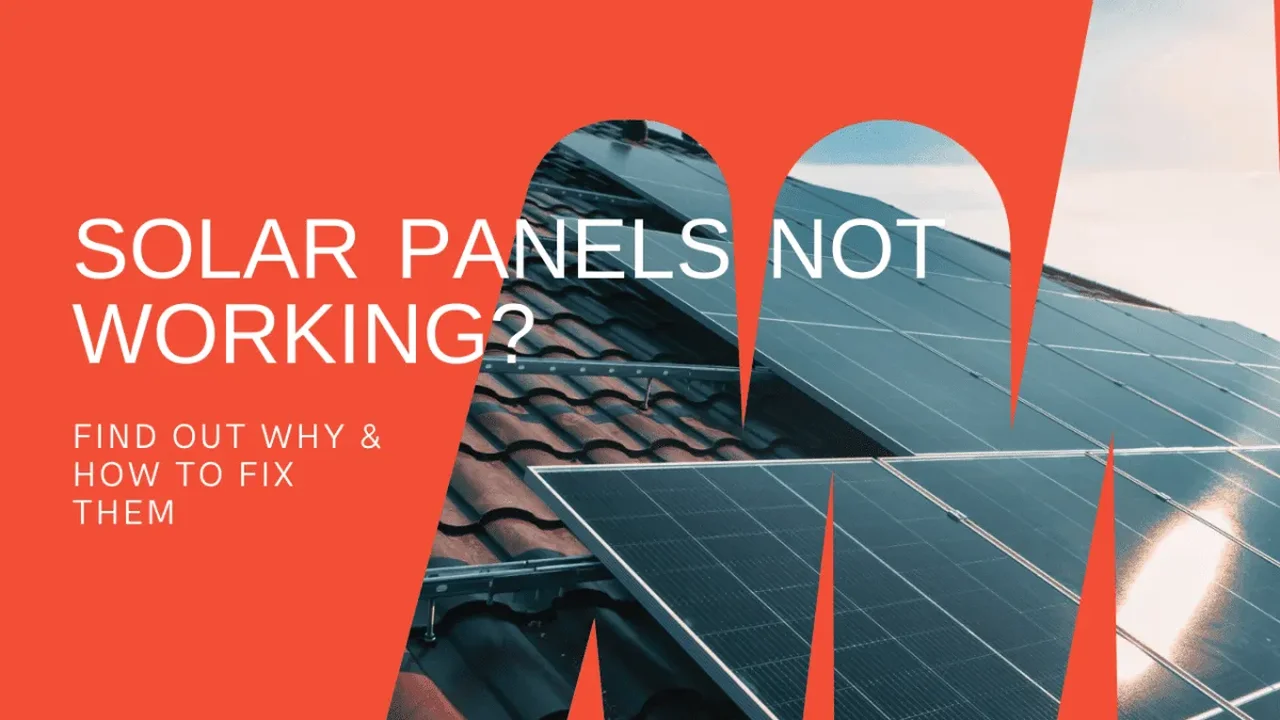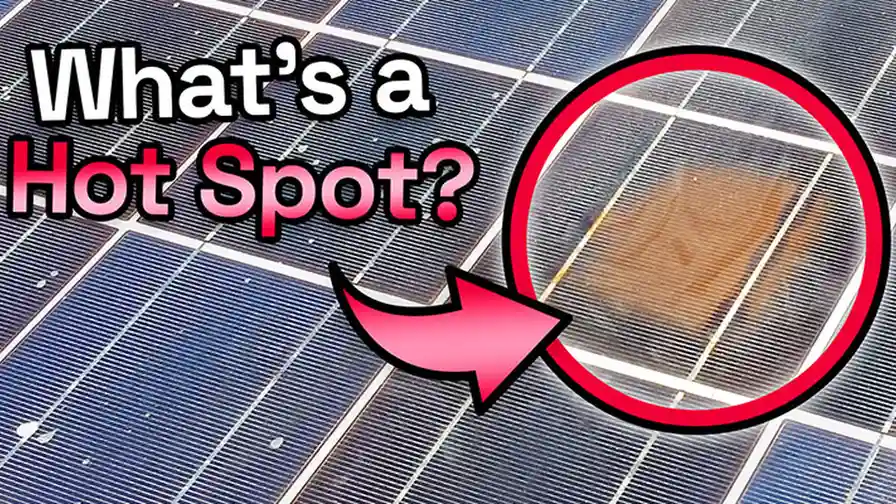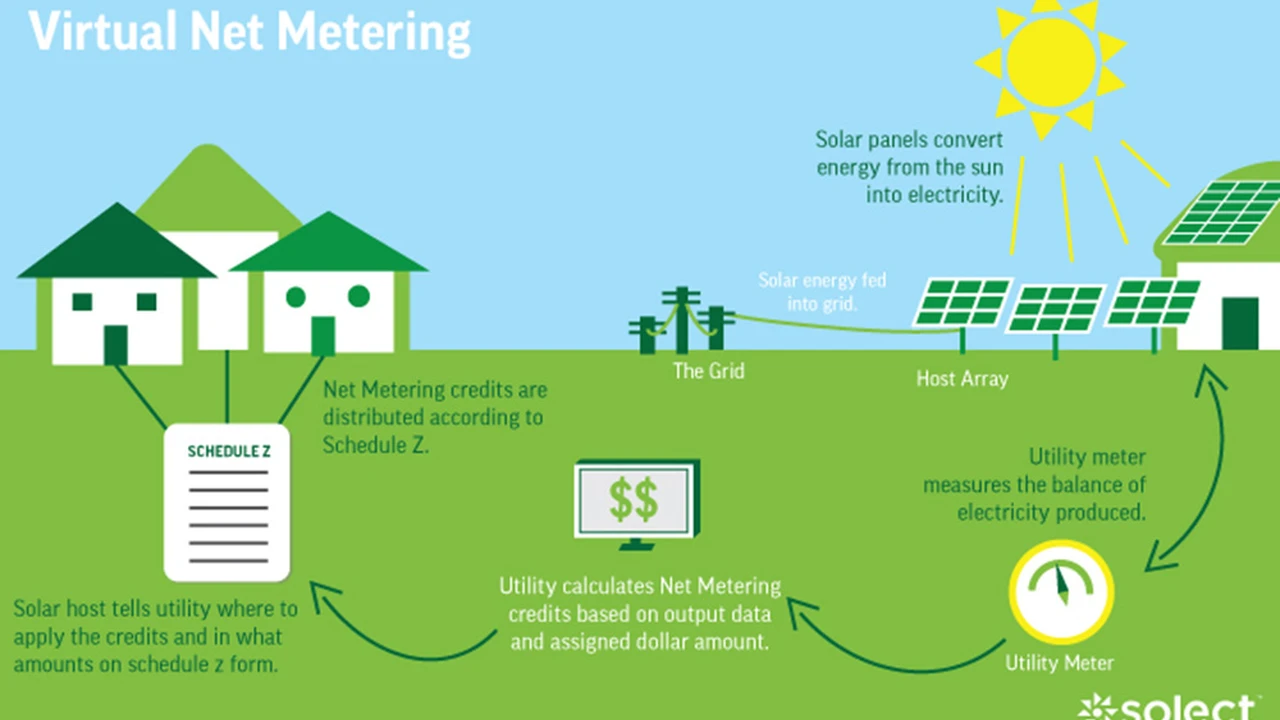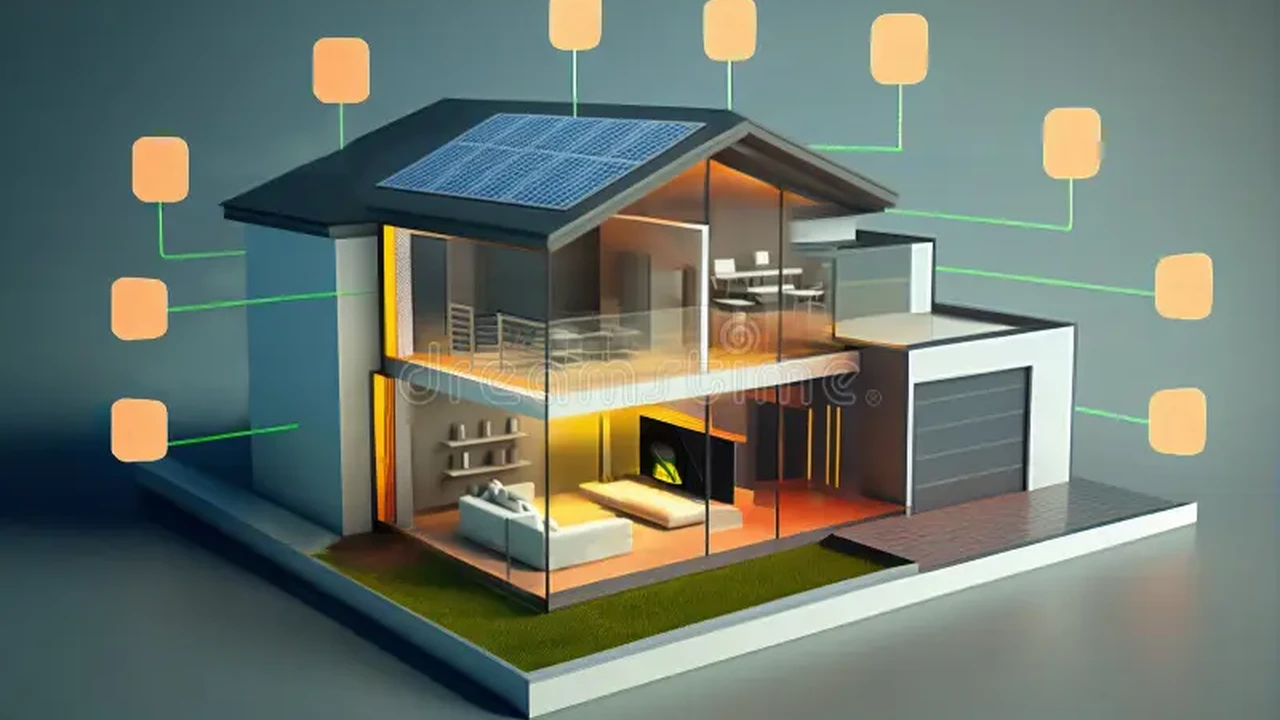Solar Panel Troubleshooting: Common Issues and Solutions

Understanding Solar Panel Installation Basics Solar Panel Installation Guide
So, you're thinking about going solar? Awesome! It's a great way to save money, help the environment, and even increase your home's value. But before you dive in, let's break down the basics of solar panel installation. Think of it as your solar panel installation 101 course.
First things first, you'll need to figure out if your roof is suitable. A south-facing roof with minimal shade is ideal. But don't worry if yours isn't perfect! There are options like ground-mounted solar panels, too. Then there's the type of solar panels you want – monocrystalline, polycrystalline, or thin-film. Each has its pros and cons in terms of efficiency, cost, and aesthetics.
And of course, there's the legal stuff – permits and inspections. This can seem daunting, but a good solar installer will handle most of it for you. They'll also connect your solar panels to the grid, so you can get credit for any excess energy you produce. Pretty neat, huh?
Choosing the Right Solar Panels for Your Home Solar Panel Selection Criteria
Alright, let's talk panels. Choosing the right ones is like picking the perfect ingredients for a recipe – it makes all the difference! Consider these factors:
- Efficiency: How much sunlight can the panel convert into electricity? Higher efficiency means you need fewer panels.
- Cost: Panel prices vary widely. Factor in the long-term savings on your electricity bill.
- Durability: Solar panels are an investment, so you want them to last. Look for panels with a good warranty.
- Aesthetics: Let's face it, looks matter! Some panels are sleeker than others.
Monocrystalline panels are generally the most efficient and aesthetically pleasing, but they're also pricier. Polycrystalline panels are a more budget-friendly option. Thin-film panels are the least efficient but can be flexible and lightweight.
DIY vs Professional Solar Panel Installation Solar Panel Installation Cost
The million-dollar question: Should you DIY or hire a professional? While DIY solar panel installation might seem tempting to save money, it's a complex and potentially dangerous job. Here's a breakdown:
DIY Pros:
- Lower upfront cost (potentially)
- Sense of accomplishment
DIY Cons:
- Requires electrical expertise
- Risk of injury or damage
- Voiding warranties
- Dealing with permits and inspections yourself
Professional Installation Pros:
- Expertise and experience
- Permit and inspection handling
- Warranty coverage
- Safe and reliable installation
Professional Installation Cons:
- Higher upfront cost
Honestly, unless you're a licensed electrician with solar installation experience, hiring a professional is almost always the better choice. The peace of mind and warranty coverage are worth the extra cost.
Solar Panel Inverters Explained Solar Panel Inverter Types
Okay, so you've got your panels. Now you need an inverter! An inverter converts the DC electricity produced by your solar panels into AC electricity that your home can use. There are three main types:
- String Inverters: The most common and affordable type. All the panels are connected in a "string" to a single inverter. If one panel is shaded, the performance of the entire string can be affected.
- Microinverters: Each panel has its own microinverter. This maximizes energy production, as each panel operates independently. More expensive than string inverters.
- Power Optimizers: These are installed on each panel and optimize the DC electricity before sending it to a central inverter. A good compromise between string inverters and microinverters.
Microinverters are generally recommended for roofs with shading issues or complex layouts. String inverters are a good choice for simple, unshaded roofs.
Solar Panel Mounting Options and Techniques Solar Panel Mounting Systems
How you mount your solar panels is crucial for their performance and longevity. Here are some common mounting options:
- Roof Mounts: The most common option. Panels are attached to your roof using brackets and rails.
- Ground Mounts: Panels are mounted on a frame in your yard. Good for roofs with shading issues or if you want to maximize sun exposure.
- Pole Mounts: Panels are mounted on a pole, often with a tracking system that follows the sun throughout the day.
The mounting technique depends on your roof type and local building codes. A professional installer will know the best approach for your situation.
Solar Panel Maintenance Tips and Tricks Solar Panel Cleaning Guide
Once your solar panels are installed, they don't require much maintenance. However, a little TLC can help them perform optimally. Here are some tips:
- Clean your panels regularly: Dust, dirt, and bird droppings can reduce their efficiency. Use a soft brush and water.
- Monitor your system's performance: Most inverters have monitoring systems that track energy production. Look for any unusual drops in output.
- Trim any nearby trees: Shade can significantly reduce solar panel output.
- Schedule a professional inspection: Have your system inspected every few years to ensure everything is in good working order.
Troubleshooting Common Solar Panel Problems Solar Panel Issues
Even the best solar panel systems can experience problems. Here are some common issues and how to troubleshoot them:
- Reduced energy production: This could be due to shading, dirty panels, or a faulty inverter.
- Inverter errors: Check the inverter's display for error codes. Consult the manufacturer's manual or contact a technician.
- Panel damage: Inspect your panels for cracks or other damage. Contact a professional for repairs.
- Loose connections: Check the wiring for any loose connections.
Understanding Solar Panel Incentives and Rebates Solar Panel Tax Credits
One of the best things about going solar is the financial incentives! Here are some common incentives:
- Federal Tax Credit: You can claim a percentage of the cost of your solar panel system as a tax credit.
- State Rebates: Many states offer rebates for solar panel installations.
- Net Metering: You get credit for any excess energy you send back to the grid.
- Local Incentives: Some cities and counties offer additional incentives.
Be sure to research the incentives available in your area. They can significantly reduce the overall cost of your solar panel system.
Popular Solar Panel Brands and Products Solar Panel Reviews
Alright, let's talk specifics! Here are a few popular solar panel brands and some of their standout products, along with their typical uses, comparisons, and approximate prices:
SunPower
SunPower is known for its high-efficiency panels and industry-leading warranties. They're a premium brand, so expect to pay more, but you'll get top-notch performance.
Product Recommendation: SunPower Maxeon 3
Use Case: Ideal for homeowners who want the most energy production from a limited roof space. Great for areas with high electricity costs.
Comparison: Compared to other brands like LG (now defunct in solar panel production) and Panasonic (also exiting the market), SunPower consistently ranks high in efficiency and degradation rates.
Price: Expect to pay around $3.00 - $4.00 per watt installed.
REC Group
REC Group offers a good balance of performance and affordability. Their panels are known for their reliability and durability.
Product Recommendation: REC Alpha Series
Use Case: A good all-around choice for residential solar installations. Suitable for a variety of climates and roof types.
Comparison: Compared to brands like Canadian Solar and Jinko Solar, REC offers a slightly higher efficiency rating and a longer warranty period.
Price: Expect to pay around $2.50 - $3.50 per watt installed.
Panasonic (Now no longer in the solar panel market, but worth mentioning for historical context)
Panasonic panels were known for their reliability and high-temperature performance. While they are exiting the market, their panels are still out there and performing well.
Product Recommendation: Panasonic HIT Series (Historical)
Use Case: Ideal for hot climates where other panels might experience a significant drop in performance.
Comparison: Compared to brands like LG and SunPower, Panasonic offered a competitive efficiency rating and a strong warranty. However, their pricing was generally higher than other mainstream brands.
Price: (Historical) Expect to have paid around $2.80 - $3.80 per watt installed.
Enphase Energy (Microinverters)
While Enphase doesn't manufacture solar panels, they are the leading manufacturer of microinverters. Microinverters are a great option for roofs with shading issues or complex layouts.
Product Recommendation: Enphase IQ8 Series Microinverters
Use Case: Ideal for roofs with shading issues, complex layouts, or homeowners who want to maximize energy production from each panel.
Comparison: Compared to string inverters, Enphase microinverters offer greater efficiency and individual panel monitoring. However, they are also more expensive.
Price: Expect to pay around $200 - $250 per microinverter.
Product Comparison Table
To give you a clearer picture, here's a comparison table of the products mentioned above:
| Brand | Product | Typical Use | Approximate Price (per watt installed) | Key Features |
|---|---|---|---|---|
| SunPower | Maxeon 3 | High-efficiency residential | $3.00 - $4.00 | High efficiency, long warranty |
| REC Group | Alpha Series | General residential | $2.50 - $3.50 | Reliable, durable |
| Enphase Energy | IQ8 Series Microinverters | Roofs with shading | $200 - $250 (per microinverter) | Individual panel monitoring, maximizes energy production |
Future of Solar Panel Technology Solar Panel Innovation
Solar panel technology is constantly evolving! Here are some exciting developments to keep an eye on:
- Perovskite Solar Cells: These cells are potentially more efficient and cheaper to manufacture than traditional silicon cells.
- Bifacial Solar Panels: These panels generate electricity from both sides, increasing energy production.
- Floating Solar Farms: These farms are built on bodies of water, reducing land use and improving panel performance.
The future of solar is bright (pun intended!).
Solar Panel Installation FAQs Solar Panel Questions
Still have questions? Here are some frequently asked questions about solar panel installation:
- How long do solar panels last? Most solar panels have a lifespan of 25-30 years.
- How much does solar panel installation cost? The cost varies depending on the size of your system and the type of panels you choose.
- How long does it take to install solar panels? A typical residential installation takes 1-3 days.
- Do solar panels work on cloudy days? Yes, but they produce less electricity than on sunny days.
Going solar is a big decision, but it's one that can benefit you and the planet. Do your research, get quotes from multiple installers, and enjoy the sunshine!
:max_bytes(150000):strip_icc()/277019-baked-pork-chops-with-cream-of-mushroom-soup-DDMFS-beauty-4x3-BG-7505-5762b731cf30447d9cbbbbbf387beafa.jpg)






